The Maha Shiva Temple is a sacred space dedicated to Lord Shiva, one of the principal deities of Hinduism, revered as the Destroyer and Transformer in the cosmic cycle.
Temple Overview:
Spiritual Significance: The temple serves as a place of worship, meditation, and divine connection, attracting devotees seeking blessings, wisdom, and inner peace.
Architecture & Design: Typically adorned with intricate carvings, towering gopurams (temple gateways), and a grand Shiva Lingam at its core, symbolizing cosmic energy.
Rituals & Offerings: Daily prayers, Aarti (ceremonial worship), and Abhishekam (sacred bath of the Shiva Lingam) with milk, honey, and water are performed to honor Lord Shiva.
Festivals: Mahashivratri is the most important celebration, drawing thousands of devotees for night-long prayers and special pujas.
The temple embodies divine power, wisdom, and spiritual awakening, offering a serene atmosphere for meditation and devotion.
- Ark Vivah
- Maha Shivratri Jagran
General Trias
Calabarzon
W5 5RF
Philippines
The Maha Shiva Temple has a rich and fascinating history, deeply rooted in Hindu tradition and the worship of Lord Shiva, the cosmic force of destruction and renewal.
Origins & Ancient Foundations
The temple is believed to have been established centuries ago, possibly during the reign of early Hindu dynasties devoted to Shiva worship.
Built on sacred land, it is said that saints and sages once meditated here, receiving divine visions of Shiva’s cosmic power.
The original structure might have been a small shrine, later expanded into the grand architectural masterpiece seen today.
Dynastic Patronage & Expansion
Rulers across various dynasties—such as the Cholas, Pallavas, or Marathas—may have contributed to the temple’s artistic and architectural growth.
Kings and emperors, recognizing the temple’s spiritual significance, commissioned intricate sculptures, towering vimanas, and elaborate temple halls.
This era also saw the rise of large-scale festivals honoring Shiva, bringing pilgrims from distant lands.
Cultural & Religious Influence
Over time, the temple became a hub for philosophy, art, and devotion, attracting scholars and yogis.
It played a key role in spreading Shaivism, a major sect of Hinduism that venerates Lord Shiva as the supreme deity.
Many religious texts and hymns were composed here, solidifying its place as a sacred learning center.
Modern-Day Significance
Today, the temple stands as a testament to spiritual heritage, drawing millions of devotees during festivals like Mahashivratri.
Despite centuries of change, its rituals, prayers, and traditions continue to reflect ancient practices.
Preservation efforts ensure the temple’s legacy remains intact for future generations to experience its divine energy.
The Maha Shiva Temple embodies a magnificent fusion of spiritual symbolism and architectural grandeur, reflecting the essence of Lord Shiva’s divine presence. Here’s an overview of its architectural elements:
1. Towering Gopuram (Entrance Gateway)
The gopuram is adorned with intricate carvings of Shiva’s many forms, celestial beings, and mythological events.
Often multi-tiered, it serves as a sacred gateway leading devotees into the temple’s divine realm.
2. Sanctum Sanctorum (Garbhagriha)
The most sacred chamber houses the Shiva Lingam, representing the infinite cosmic energy.
Built from stone, this sanctum is often dimly lit, enhancing the mystical aura surrounding the deity.
3. Mandapa (Prayer Hall)
A spacious hall where devotees gather for prayers, chants, and meditation.
The pillars are intricately carved with depictions of Shiva’s Nataraja (Cosmic Dance), Kailash abode, and divine consorts.
4. Temple Tank (Pushkarini)
A water reservoir near the temple symbolizes purification and renewal.
Devotees often cleanse themselves before entering the sacred shrine.
5. Sculptures & Wall Carvings
The temple’s exteriors feature detailed reliefs of Shiva’s legends, including his battles, blessings, and cosmic dance.
Figures of Nandi (Shiva’s bull) often guard the temple entrance.
6. Towering Vimana (Shikhara)
Rising above the sanctum, the vimana signifies the celestial connection between earth and the divine.
Constructed with ornate patterns, reflecting the ancient temple-building styles of South India.
The Maha Shiva Temple is steeped in fascinating legends, each adding to its spiritual aura and mystique. Here are a few powerful stories associated with the temple:
1. The Eternal Flame of Shiva 🔥
According to ancient lore, when the temple was first built, devotees witnessed an ever-burning flame appearing near the Shiva Lingam. It was said to be a manifestation of Lord Shiva’s cosmic energy, symbolizing eternity and divine presence. Even today, during certain rituals, priests invoke this sacred fire, representing Shiva’s transformative power.
2. The Nandi’s Silent Prophecy 🐂
In one legendary tale, the temple’s Nandi statue (Shiva’s sacred bull) is believed to have once spoken to a great sage, foretelling future events. The prophecy hinted at an era where devotion to Shiva would strengthen, bringing peace to those who seek Him. Some devotees believe the statue still holds spiritual energy, and whispering prayers into Nandi’s ear ensures Lord Shiva hears their wishes.
3. The Celestial Dance of Shiva 💃
One of the most revered stories tells of Lord Shiva himself appearing in the temple in his Nataraja form—the Cosmic Dance of Creation and Destruction. As per temple legends, celestial beings and sages once witnessed this divine dance, signifying the eternal cycle of life. Even today, during festivals, priests and devotees recreate the sacred dance, honoring Shiva’s cosmic rhythm.
4. The Hidden Shiva Lingam 🌿
A mystical tale speaks of a hidden Shiva Lingam buried deep beneath the temple, said to have been placed there by Lord Vishnu himself as a sign of reverence to Shiva. It’s believed that powerful energies radiate from the hidden Lingam, blessing all those who step into the temple with spiritual wisdom and strength
The Maha Shiva Temple is dedicated to Lord Shiva, one of the most powerful deities in Hinduism, known as the Destroyer and Transformer in the cosmic cycle. Here’s a deeper look at the divine presence within the temple:
1. Main Deity: Lord Shiva 🔱
The temple’s sanctum houses a Shiva Lingam, representing infinite energy and creation.
Shiva is worshipped as the Supreme Being, embodying destruction, renewal, and ultimate wisdom.
His divine attributes include the Third Eye (symbolizing higher knowledge), the Trident (representing creation, preservation, and destruction), and the Snake (signifying control over time and death).
2. Consorts & Divine Forms
Goddess Parvati – Shiva’s eternal consort, representing shakti (divine energy), love, and devotion.
Lord Kartikeya – Son of Shiva, the warrior god, revered for courage and strength.
Lord Ganesha – Shiva’s son, the remover of obstacles, bringing prosperity and wisdom.
3. Nandi: The Sacred Bull 🐂
The Nandi statue guards the entrance of the temple, serving as Shiva’s divine vehicle and devoted gatekeeper.
Devotees whisper their prayers into Nandi’s ear, believing they will be heard by Lord Shiva.
4. Depictions & Symbols
Shiva in Meditation: A common depiction shows Shiva in a deep meditative state on Mount Kailash, symbolizing peace and spiritual transcendence.
Nataraja (Cosmic Dance): Another form represents Shiva performing the Tandava, the divine dance of creation and destruction.
Ardhanarishvara: The half-male, half-female form, depicting Shiva and Parvati as one entity, symbolizing balance between masculine and feminine energies.
5. Festivals & Rituals
Mahashivratri – The most important festival dedicated to Shiva, celebrated with night-long prayers and special Abhishekam (ritual bathing of the Lingam).
Daily Aarti & Offerings – Devotees offer flowers, milk, honey, and sacred chants to seek Shiva’s blessings.
- Ambika
- Bhikshatana Avatar
- Shivadooti
The Maha Shiva Temple is known for its deeply spiritual and sacred rituals that honor Lord Shiva, fostering devotion and divine energy. Here are some of the special rituals performed at the temple:
1. Maha Rudrabhishekam 🔱
A grand Abhishekam (ritual bathing) of the Shiva Lingam using sacred offerings—milk, honey, ghee, curd, rosewater, and bilva leaves.
Accompanied by the chanting of Rudram (powerful hymns from the Yajurveda) to invoke Shiva’s blessings for healing, prosperity, and spiritual upliftment.
2. Lingam Puja & Bilva Archana 🌿
Devotees offer the Bilva Patra (sacred leaves) to Shiva, signifying devotion and purity.
The ritual is believed to remove negative karma and grant inner peace.
3. Pradosha Puja (Twilight Worship) 🌙
Conducted during Pradosham (auspicious evenings of the lunar cycle), honoring Shiva’s cosmic dance.
Devotees light oil lamps, chant mantras, and circumambulate the temple three times, seeking divine grace.
4. Maha Shivaratri Special Worship 🕉️
The most sacred night dedicated to Shiva, celebrated with night-long chanting, meditation, and spiritual offerings.
Devotees observe fasting and stay awake, engaging in devotional songs and the recitation of Shiva stories.
5. Nandi Seva & Whispering Prayers 🐂
Devotees whisper their wishes into the ears of Nandi (Shiva’s sacred bull), believing that Nandi conveys their prayers directly to Lord Shiva.
Special Nandi Abhishekam is performed, seeking protection and guidance.
6. Akhanda Jyoti (Eternal Flame) Ritual 🔥
A sacred lamp is lit continuously, symbolizing Shiva’s infinite energy and cosmic presence.
The ritual represents spiritual awakening and the triumph of wisdom over ignorance
Sorry, no records were found. Please adjust your search criteria and try again.
Sorry, unable to load the Maps API.
Official Group
Related Groups
-
Retro & Cool
Private Group
Active 3 months ago
A Retro & Cool festival group radiates vintage vibes with a modern twist. Think neon lights, funky... View more
- Ganesh Puia
- Lakshmi Puja
- Janmashtami Puja
- Akhand Ramayan Path
- Amavasya Tarpan
- Akhand Ramayan Path
- Amavasya Tarpan
- Annaprashan Puja
- Amavasya Tarpan
- Annaprashan Puja
- Antim Sanskar Last Rites
- Ark Vivah For Male
- Astrology Consultation
- Ayush Havan
- Akhand Ramayan Path
- Amavasya Tarpan
- Annaprashan Puja
- Ark Vivah For Male
- Astrology Consultation
- Ayush Havan
- Bhoomi Puja
- Birthday Puja
- Brahmins For Bhojan
- Dhanvantri Havan
- Diwali Lakshmi Puja
- Dolyatra
- Durga Saptashati Path
- Dussehra Puia
- Dussehra Puja Guiarati
- Engagement Puja Sagai
- Ganesh Puia
- Ganesh Puja
- Ganesh Sthapana And Visarian Puja
- Ganesh Sthapana And Visarjan Puja
- Godh Bharai Puja
- Graha Shanti Puia
- Guru Graha Shanti Jaap
- Havan
- Holika Puja
- Jagaddhatri Puja
- Jagran Puja
- Kaal Sarp Dosh Puja
- KaalSarp Dosh Puja
- Kali Puja
- Ketu Graha Shanti Jaap
- Kuber Upasana Puja
- Laxmi Puja Guiarati
- Akhand Ramayan Path
- Amavasya Tarpan
- Akhand Ramayan Path
- Amavasya Tarpan
- Annaprashan Puja
- Amavasya Tarpan
- Annaprashan Puja
- Antim Sanskar Last Rites
- Ark Vivah For Male
- Astrology Consultation
- Ayush Havan
- Akhand Ramayan Path
- Amavasya Tarpan
- Annaprashan Puja
- Ark Vivah For Male
- Astrology Consultation
- Ayush Havan
- Bhoomi Puja
- Birthday Puja
- Brahmins For Bhojan
- Dhanvantri Havan
- Diwali Lakshmi Puja
- Dolyatra
- Durga Saptashati Path
- Dussehra Puia
- Dussehra Puja Guiarati
- Engagement Puja Sagai
- Ganesh Puia
- Ganesh Puja
- Ganesh Sthapana And Visarian Puja
- Ganesh Sthapana And Visarjan Puja
- Godh Bharai Puja
- Graha Shanti Puia
- Guru Graha Shanti Jaap
- Havan
- Holika Puja
- Jagaddhatri Puja
- Jagran Puja
- Kaal Sarp Dosh Puja
- KaalSarp Dosh Puja
- Kali Puja
- Ketu Graha Shanti Jaap
- Kuber Upasana Puja
- Laxmi Puja Guiarati
Every Penny Counts
"Every Penny Counts" is a heartfelt fundraising campaign that highlights the power of small contributions. The message is simple yet profound—whether it’s a single penny or a larger donation, every bi
The Environmental Impact of Volunteering at MyMahotsav Events
MyMahotsav is known for its vibrant cultural celebrations that attract thousands of attendees every year. However, beyond the festivities, MyMahotsav …



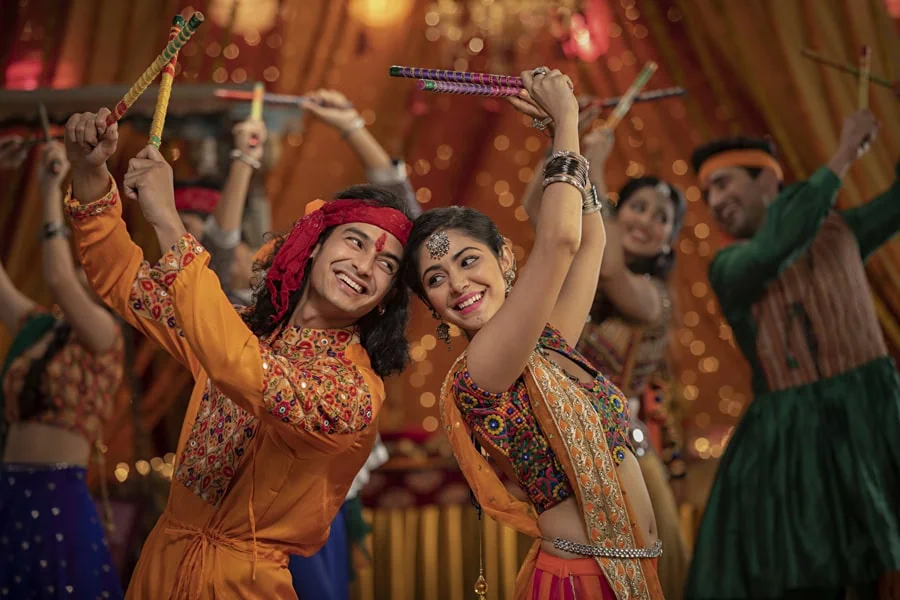




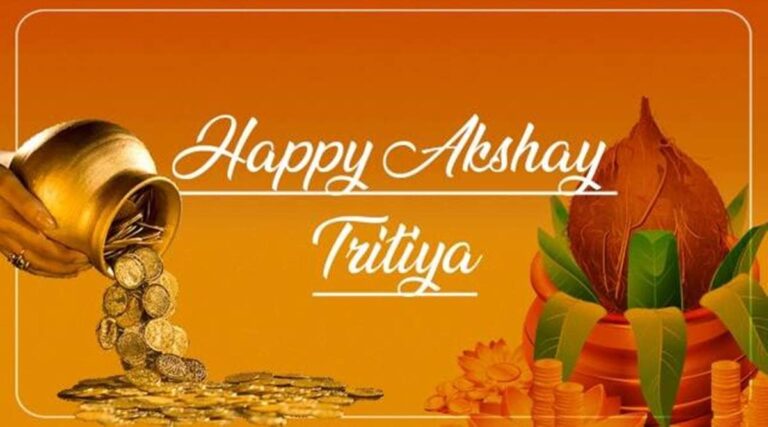





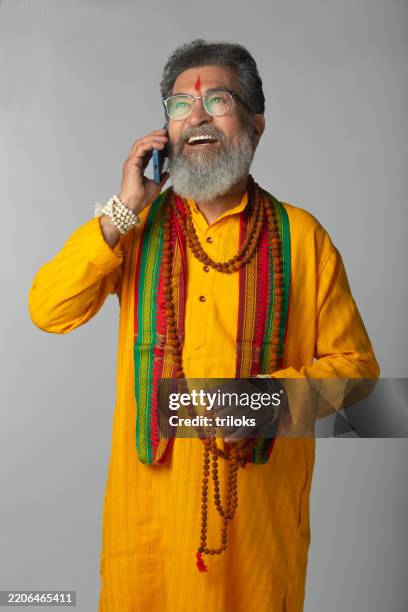




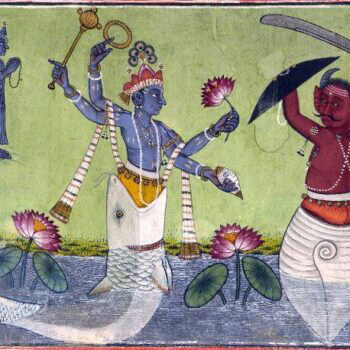
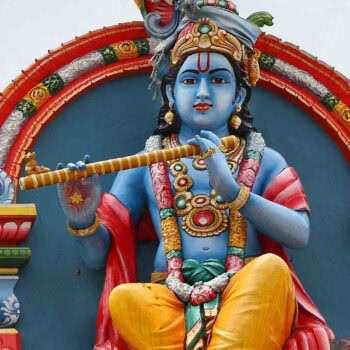
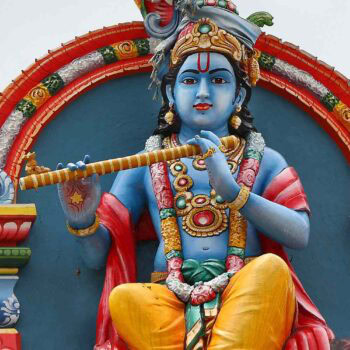








Responses